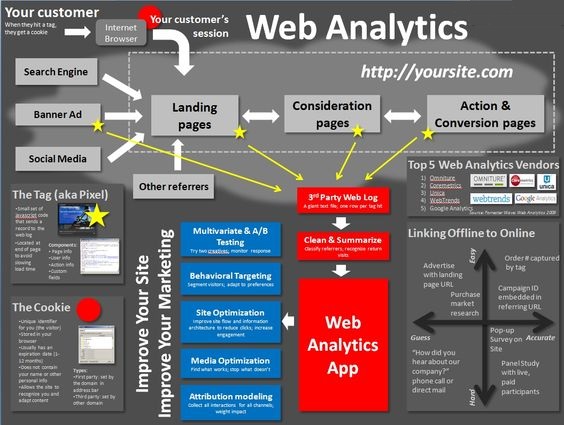In healthcare, field sales is more than just hitting quotas—it’s about navigating a complex stakeholder ecosystem that spans hospitals, clinics, diagnostics labs, and pharmacies. Reps are expected to juggle compliance, education, and relationship-building—all on the move.
But, traditional systems can’t keep up.
Only 28% of a rep’s time is spent selling; the rest is lost to administrative tasks, CRM updates, and fragmented workflows.
— Salesforce, State of Sales 2024
This is where mobile-first sales apps in healthcare are changing the game—empowering sales teams to work smarter, faster, and more compliantly.
The Real Challenges in Traditional Field Sales
Despite their scale, many healthcare sales teams still rely on outdated tools that drag down performance:
- Paper-based reporting: Slows down data consolidation and misses real-time insights
- Siloed CRMs: Fragmented systems lead to broken workflows
According to a study by HubSpot, 32% of reps spend at least an hour per day just entering data into CRMs.
- Managing Visits: Visits require planning, which may involve a lot of stress since doctors have a busy schedule, making it difficult for sales reps to meet them.
- Inconsistent feedback loops: Managers struggle to coach and support reps effectively
- Compliance gaps: Manual processes are audit-heavy and unreliable
These issues don’t just affect productivity—they erode trust, delay decisions, and increase revenue leakage.
What a Mobile-First Sales App in Healthcare Should Deliver
According to Deloitte’s 2025 Global Healthcare Executive Outlook, organizations are prioritizing digital tools to reduce burnout, drive efficiency, and enable real-time collaboration. A mobile-first sales app in healthcare is a critical part of this shift—especially for hybrid field teams dealing with fragmented systems and growing compliance demands.
Core Features of a Mobile-First Sales App in Healthcare
1. Smart Visit Planning & Route Optimization
Field reps can plan high-impact visits, reduce travel time, and log interactions efficiently. Geo-tagged entries ensure field activity transparency.
2. In-App KYC & E-Detailing
According to Viseven, over 60% of HCPs prefer on-demand digital content over live rep interactions, and self-detailing can increase engagement up to 3x compared to traditional methods.
By enabling self-detailing within the mobile app, reps can deliver compliance-approved content, enable interactive, personalized detailing during or after HCP visits, and give HCPs control over when and how they engage.
3. Real-Time Escalation & Commission Tracking
Track escalation tickets and incentive eligibility on the go, reducing back-and-forth and improving rep satisfaction.
4. Centralized Knowledge Hub
Push product updates, training videos, and compliance checklists—directly to reps’ devices. Maintain alignment across distributed teams.
Sales leaders can view territory-wise performance, rep productivity, and engagement trends instantly, enabling proactive decision-making.
Case in Point: Digitizing Sales for a Leading Pharma Firm
Mantra Labs partnered with a top Indian pharma firm to streamline pharmacy workflows inside their ecosystem.
The Challenge:
- Pharmacists were struggling with operational inefficiencies that directly impacted patient care and satisfaction.
- Delays in prescription fulfillment were becoming increasingly common due to a lack of real-time inventory visibility and manual processing bottlenecks.
- Critical stock-out alerts were either missed or delayed, leading to unavailability of essential medicines when needed.
- Additionally, communication gaps between pharmacists and prescribing doctors led to frequent clarifications, rework, and slow turnaround times—affecting both speed and accuracy in dispensing medication.
These challenges not only disrupted the pharmacy workflow but also created a ripple effect across the wider care delivery ecosystem.
Our Solution:
We designed a custom digital pharmacy module with:
- Inventory Management: Centralized tracking of sales, purchases, returns, and expiry alerts
- Revenue Snapshot: Real-time tracking of dues, payments, and cash flow
- ShortBook Dashboard: Stock views by medicine, distributor, and manufacturer
- Smart Reporting: Instant downloadable reports for accounts, stock, and sales
Business Impact:
- 2x faster prescription fulfillment, reducing wait times and improving patient experience
- 27% reduction in stock-out incidents through real-time alerts and inventory visibility
- 81% reduction in manual errors, thanks to automation and real-time dashboards
- Streamlined doctor-pharmacy coordination, leading to fewer clarifications and faster dispensing
Integration Is Key
A mobile-first sales app in healthcare is as strong as the ecosystem it fits into. Mantra Labs ensures seamless integration with:
- CRM systems for lead and pipeline tracking
- HRMS for leave, attendance, and performance sync
- LMS to deliver ongoing training
- Product Catalogs to support detailing and onboarding
Ready to Empower Your Sales Teams?
From lead capture to conversion, Mantra Labs helps you automate, streamline, and accelerate every step of the sales journey.
Whether you’re managing field agents, handling complex product configurations, or tracking customer interactions — we bring the tech & domain expertise to cut manual effort and boost productivity.
Let’s simplify your sales workflows. Book a quick call.
Further Reading: How Smarter Sales Apps Are Reinventing the Frontlines of Insurance Distribution
Knowledge thats worth delivered in your inbox
![]()







